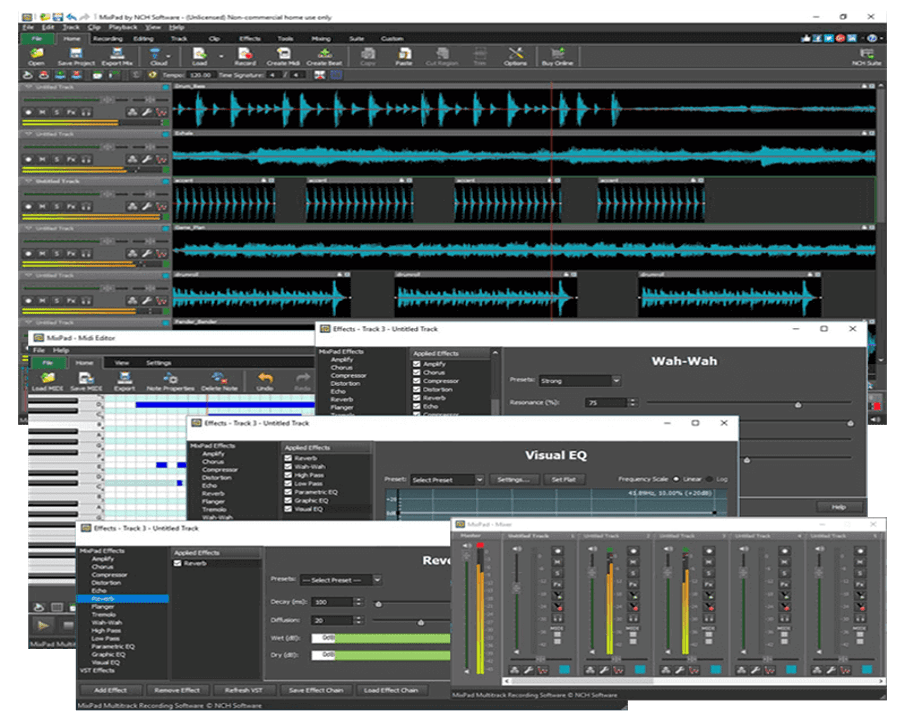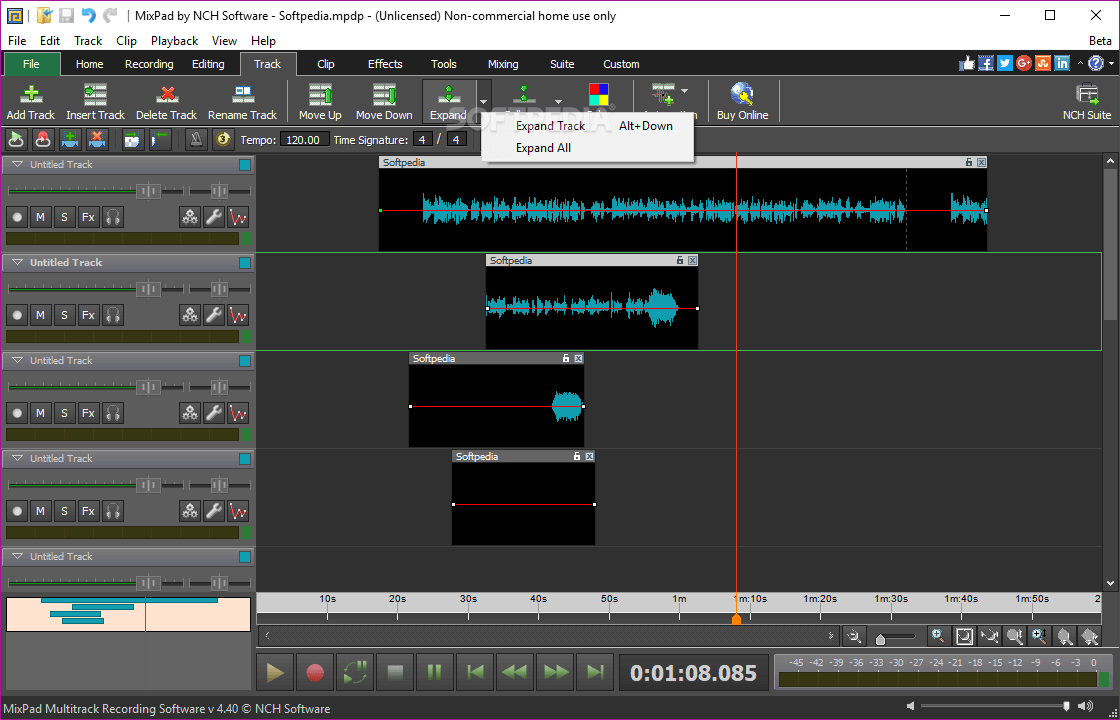

Finally, the individual step-by-step instructions are described and demonstrated in the video. The final section explains how to apply fades and compression effects to the audio tracks. The final part of the tutorial video explains how to edit audio tracks and apply various enhancements, both subtle and powerful, to the recorded audio. The tutorial video concludes with a look at how to quickly load audio tracks and save them as a new file using the built-in file saving system of the NCH software. This section also describes how to use the input and output windows to control the mixer's input and output connections.

In the next part of the tutorial video, the individual steps on how to setup up the audio interface with the NCH software are presented. Then, the second part of the tutorial video provides an overview of the multi-track mixing software and demonstrates how to use the mixer to generate and modify various types of audio tracks. The first section explains how to open the program and navigate around the user interface. The tutorial video provides some basic information on how to operate the main functions of the Mix Pad. The software is also compatible with many different computer programs, including Cubase and ProTools. To get started with the software, all you need is a microphone or an audio interface device and an optional headset to provide virtual surround sound monitoring. The software consists of a powerful audio recording studio for creating and controlling audio tracks, as well as several pre-installed audio plugins that you can plug-in into the MixPad to enhance your workflow. This will close the effect and save the audio with the new effect added.Mix Pad Multitrack recording software is a great free digital audio workstation (DAW) for Windows users. You can still edit your waveform, and do whatever you would normally do in WavePad, except now what you hear is being processed by the new VST effect.To save the effect, you need to click the 'Apply' button on your effect. Use the drop down VST plugin list to select your VST plugin and click OK.This will load the VSTs into the 'VST Plugin' list. You can browse for this location by clicking on the button with three dots on it or just type the path in directly.

The first field called 'DLLs Folder' is the location where you saved your downloaded VST effects. This will open the VST plugins window.Once you have downloaded and saved your VST plugin to your chosen VST folder, open WavePad and from the top Effects menu choose 'VST Plugins.'.It is normally a good idea to create a folder called 'VST' and save all your VST effects there.

When you install these effects, you will need to specify a location on your computer to save them.


 0 kommentar(er)
0 kommentar(er)
